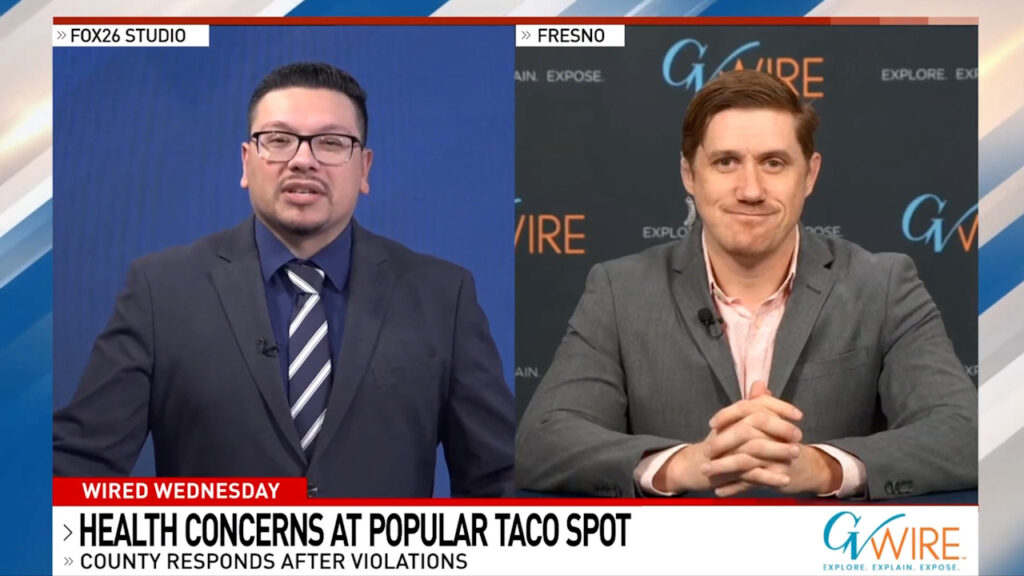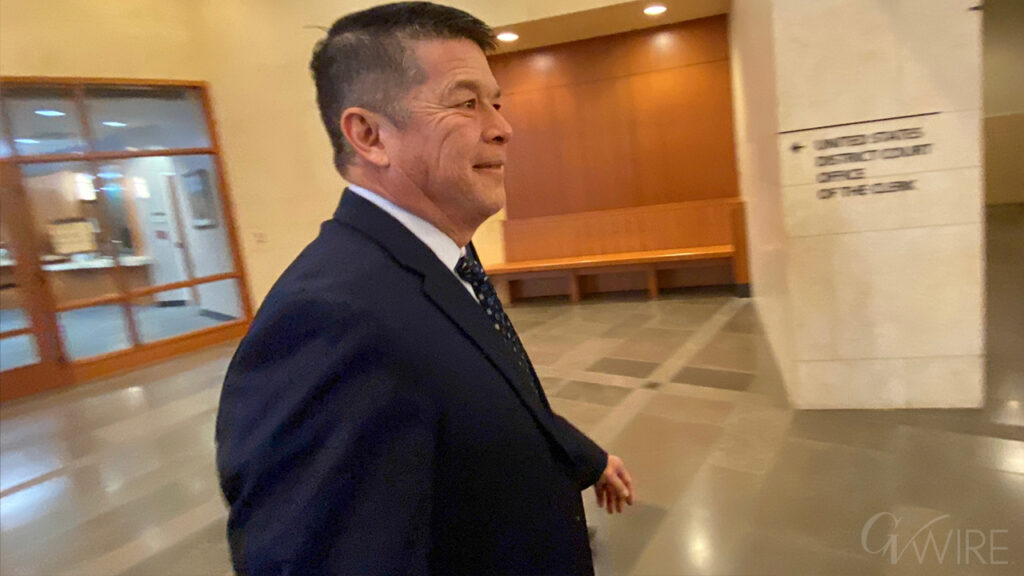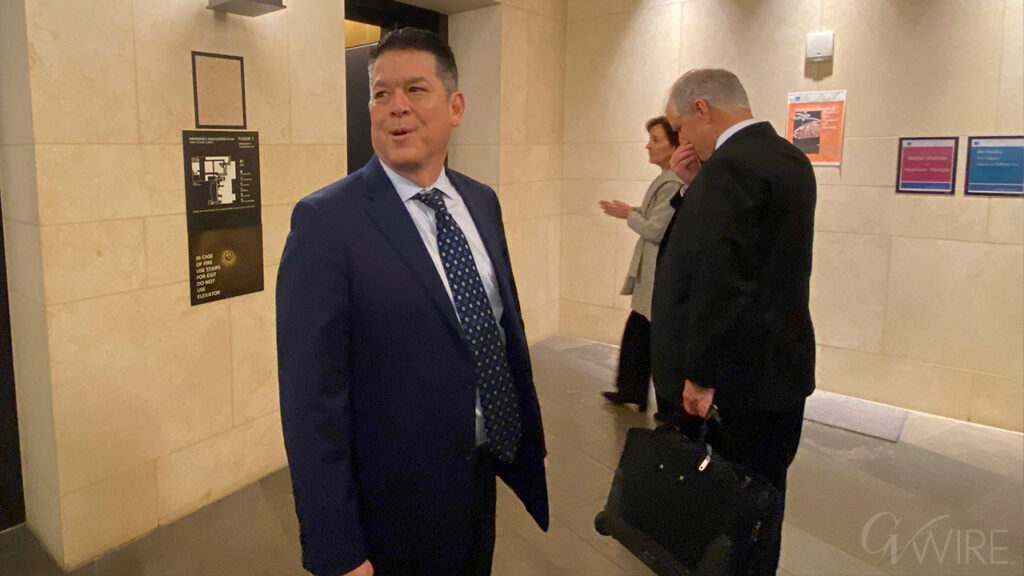The number of osteopathic doctors has increased dramatically. People still don’t know what they are. (Sonia Pulido/The New York Times)

- Osteopathic doctors (DOs) now make up over 25% of U.S. medical students, gaining ground and prestige across the profession.
- Though often misunderstood, DOs are fully licensed physicians and increasingly work in rural areas and primary care specialties.
- As DOs and MDs train together and practice similarly, the distinction between the two professions continues to blur.
Share
|
Getting your Trinity Audio player ready...
|
By most measures, osteopathic medicine is a profession in its prime.
The number of doctors of osteopathic medicine, or DOs, has grown 70% in the past decade and is expected to continue expanding.
More than a quarter of all medical students in the United States are training to become DOs, thanks in part to limited slots in traditional medical schools and ever-growing openings at osteopathic schools (14 campuses have opened in the past five years).
And in recent years, the field has gained prestige as its doctors have risen to the highest medical posts in the country: leading top medical systems, overseeing NASA’s medical team, running the most followed medical page on social media and, during the last three administrations, overseeing the medical care of the president of the United States.
“I do think we are — I don’t want to say infiltrating — but we are everywhere,” said Dr. Teresa A. Hubka, the president of the American Osteopathic Association.
Yet the changing face of medicine has largely been invisible to the public. Beyond vague notions that DOs are more holistic, or stereotypes that they were rejected from traditional medical schools, very few patients know how a DO’s training might shape their health care. One of the most commonly searched questions on Google about DOs, who have had full rights to practice medicine in the United States since 1973, is whether they are physicians.
Over the course of Dr. Christina Weaver’s career as an osteopathic doctor, she has been mistaken for a “bone doctor” (orthopedist), a homeopath (an alternative healer with no medical degree) and a chiropractor (also no medical degree).
Many patients do not even realize their doctor is a DO unless they happen to see the degree hanging on the wall, said Norman Gevitz, a sociologist who has written a book and dozens of publications about the field of osteopathic medicine. (This includes his own mother, who did not know what a DO was even after he dedicated a book on the subject to her.)
The difference between a DO and MD used to be far more obvious. In 1874, when a disillusioned Civil War physician, Dr. Andrew Still, invented osteopathy, it was meant to exist in sharp contrast to the harsh mainstream medical practices of the time, which included bloodletting and prescribing toxic doses of mercury.
His philosophy asserted that most ailments were a result of misalignment, mainly in the spine, that he could heal by physically adjusting the bones and joints rather than prescribing medications. His methods quickly gained popularity as word spread of Still’s “miraculous” healing abilities.
Still began training new providers at his school in Missouri, to the outrage of many MDs. Those doctors regarded osteopaths as “members of a cult” and aggressively fought to shut down the profession with lawsuits and legislative pressure.
But over the next century, the rift between the two medical philosophies began to narrow as osteopaths began prescribing medications and practicing surgery. By the mid-1970s, DOs were licensed physicians in all 50 states.
Today, the distinction between DOs and MDs is much fuzzier. DOs still attend separate medical schools, but their curriculum covers much of the same ground, and many take the same board exams.
As of 2020, DOs and MDs attend the same residency programs, where doctors get hands-on training in their chosen specialty.
“I think we’re more the same than we are different,” said Weaver, an associate dean at A.T. Still University’s School of Osteopathic Medicine in Arizona.
And despite lingering stigma about osteopathic medicine (comedian Hasan Minhaj has likened DOs to the off-brand soda RC Cola), research has found no significant differences between the professions when it comes to hospital readmissions, death after hospitalizations, surgery outcomes or other patient metrics.
Dr. Anita Skariah, a primary care provider at UNC Health in North Carolina, said a DO’s more holistic approach to care, that is, asking about a patient’s life stressors, or nutrition, might once have distinguished her from her MD colleagues.
But even that has faded as more medical institutions recognize that social factors and lifestyle can shape a person’s health. “I can’t say that it’s unique to me anymore,” she said.
What has remained distinct is where DOs work: disproportionately in rural areas, and in primary care practices. Today, nearly 60% of DOs are primary care providers, a far greater share than those with MDs, and osteopathic medical schools produce many more rural doctors than MD programs.
The reason for this difference depends on who you ask. One explanation, often offered by MDs, is that primary-care training programs have higher acceptance rates than those for higher paid specialties, like surgery or anesthesiology, and jobs in rural markets are less competitive.
But many DOs say that caring for communities that have been historically neglected by the medical establishment is a central part of the osteopathic philosophy. This is evidenced by the fact that most osteopathic medical schools were built in rural or “medically underserved” areas, like Kirksville, Missouri; Harrogate, Tennessee; and Detroit.
As it stands, the United States is the only developed country that trains two separate professions to act as fully licensed physicians. And stand-alone osteopathic hospitals and residency programs have already been absorbed into MD institutions, Gevitz noted. He said that DO medical schools or even the degree itself could one day be completely overtaken by traditional medical degrees.
Dr. John Licciardone, a researcher at the University of North Texas’ Health Science Center who has published several papers on the profession, doubts that many rank-and-file DOs would care about being lumped together with their MD peers. As the field has expanded, more and more doctors of osteopathic medicine seem perfectly content to not stand out from the crowd, he said: “They just want to be a physician.”
—
This article originally appeared in The New York Times.
By Teddy Rosenbluth/Sonia Pulido
c. 2025 The New York Times Company
RELATED TOPICS:
Categories

Oil Prices Rise on Risk of Disruptions to Venezuela, Russia Supply


















